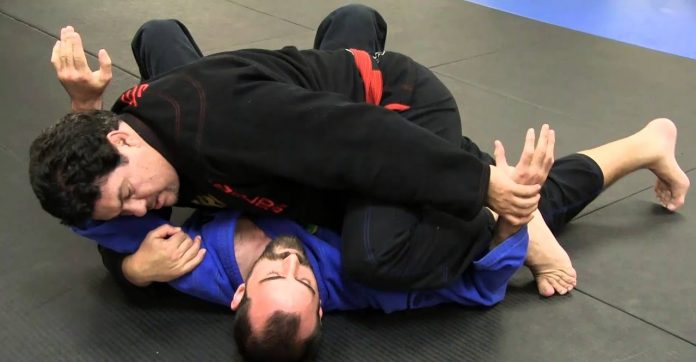
Certain positions in Brazilian Jiu-Jitsu are simply too cruel… But only if you get caught in them. If you’re the one attacking, though, these are the spots to chase. One such position is a fusion of sorts, of two different BJJ positions that are quite powerful on their own as well. The crucifix is one of the nastiest spots to be in, or get out of. Side control is another tough spot you end up in, top or bottom, in pretty much every roll. When you combine the two, though, you get the most powerful side control variation that helps you to both pin and submit anyone with ease. And there are quite a few side control crucifix attacks to choose from.
I’m quite biased towards the side control crucifix. As with many others, I discovered it years ago, when my coach decided to play with it and chose me as the victim. I still to this day will do anything in my power to not let anyone establish it on me. However, I do enjoy torturing people with side control crucifix attacks. The position is very easy to get to from just about any side control variation. Once you’ve got it all set up, it is smooth sailing and a submission buffet. Moreover, you can have even more fun by trying to us the position to actually get the crucifix from the back, if that is your forte.
The Perfect Top Position?
What exactly is the side control crucifix? The name says it all, really. In simple terms, you can consider yourself to be in the side control crucifix anytime you pin both your opponent’s arms from top side control. Usually, this means using your hands to get one arm, and your legs to pin the other. As simple as it sounds it does have a lot of finesse to it, given that side control is a dynamic position and you need to be able to adjust your pin in order to maintain it.

Getting the second arm is easier. You already have great control over the opponent’s far side arm and shoulder, and with proper weight distribution, you can control their posture as well. Personally, I like to switch between Twister side control and Kesa Gatame to trap the nearside arm, but you can also go directly.
The goal is to get the shin of your leg over the opponent’s near side arm. But you can’t just place the shin anywhere. You want control over the arm and shoulder, which means you need to control the upper arm first and foremost. However, this does allow for some mobility form the elbow down, and possibly, annoying grips on your Gi jacket skirt or belt. A more secure option would be using the leg that’s near the opponent’s head to trap the forearm, and the other leg to trap the upper arm. A windshield wiper motion is all you need to get both and end up in perfect side control crucifix.
Side Control Crucifix Attacks
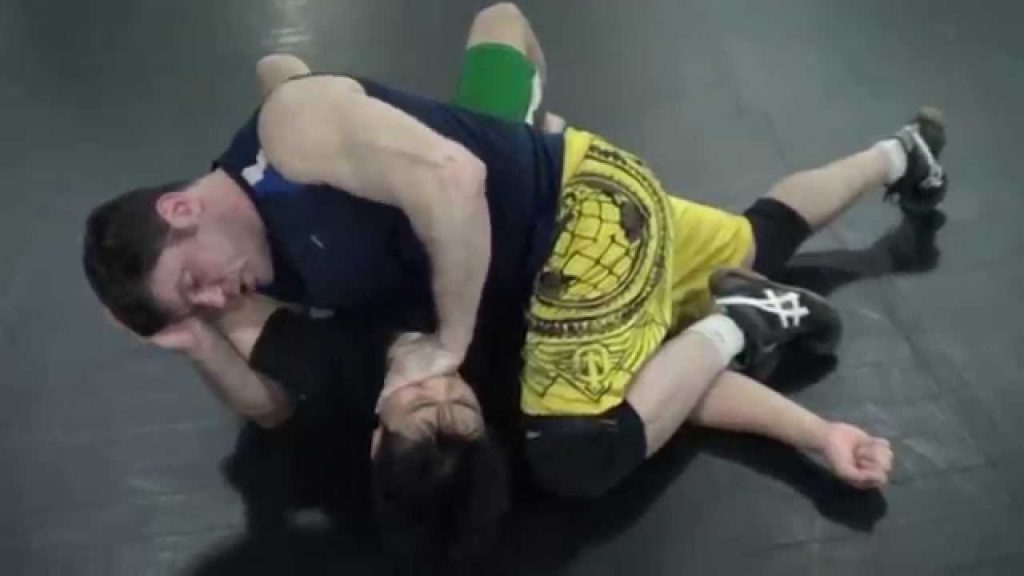
Speaking of side control crucifix submissions, given the positional mechanics, you have two main categories – chokes and armlocks. At least when it comes to the submission that works directly. However, in those two categories, you have more submissions at your disposal than you ‘ll ever need. Moreover, the position works just as well with and without the Gi. When there’s a Gi involved, the choking options, and some aspects of control just get better, though.
The reason why the side control crucifix is so powerful is that it utilizes a fundamental grappling principle – pin the shoulders. With the crucifix, you’re basically taking both arms, from shoulder to palm, out of the equation. Moreover, there’s no way for an opponent to move, regardless of the fact their hips are free since they can’t really move their head or their spine.
Paper Cutter Choke(s)

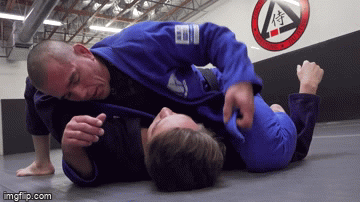
Crucifix Kimura
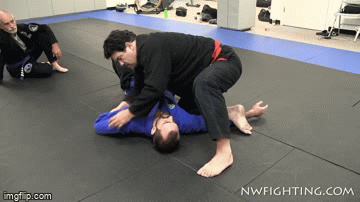
Once in, there’s no way for the opponent to defend. They can’t lie down to their back because you control the angle. They also can’t use the other arm to grip because it is pinned on the mats. All they could do is try to grab their own belt, which won’t help – you can lead the belt to the back and still finish the Kimura.
4 Finger Loop Choke

The best part is that you don’t have to get their head in the loop to finish this loop choke. Instead, you just grip the collar on the opposite side with your other arm and pull the elbow towards yourself. You’ll be amazed at how many taps you get with this unassuming choke.
Sneaky Wristlock
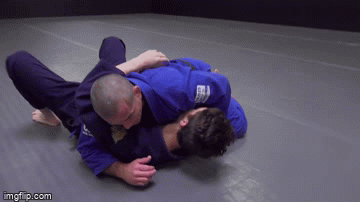
Side Control Crucifix Variations
Just when you thought it was all over, there’s more! You don’t just have to stay n the side control crucifix position and hunt for submissions. There are variations that make the position even more uncomfortable and open up different attacks, like neck cranks, or even a rear triangle.
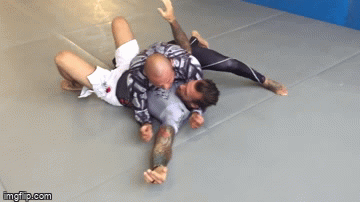

Conclusion
Painful Jiu-Jitsu is always more fun than playful Jiu-Jitsu. At least according to me. The side control crucifix position is tiring both physically and mentally for the person caught in it. Moreover, all the submissions are high percentage and come with a good dose of pain to make them even more fun.











































